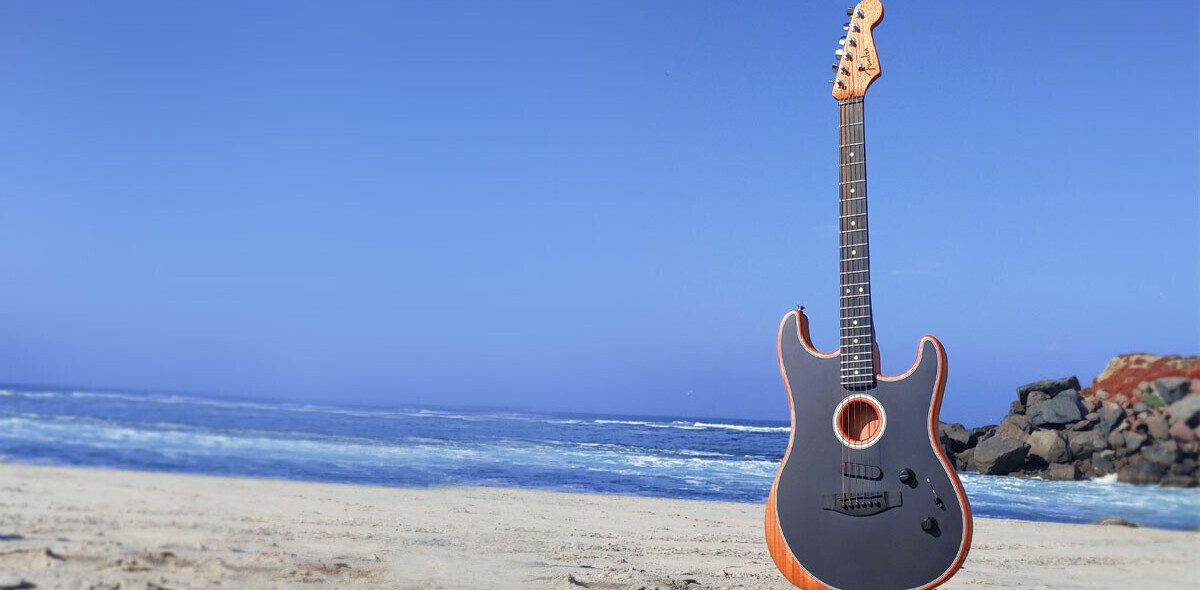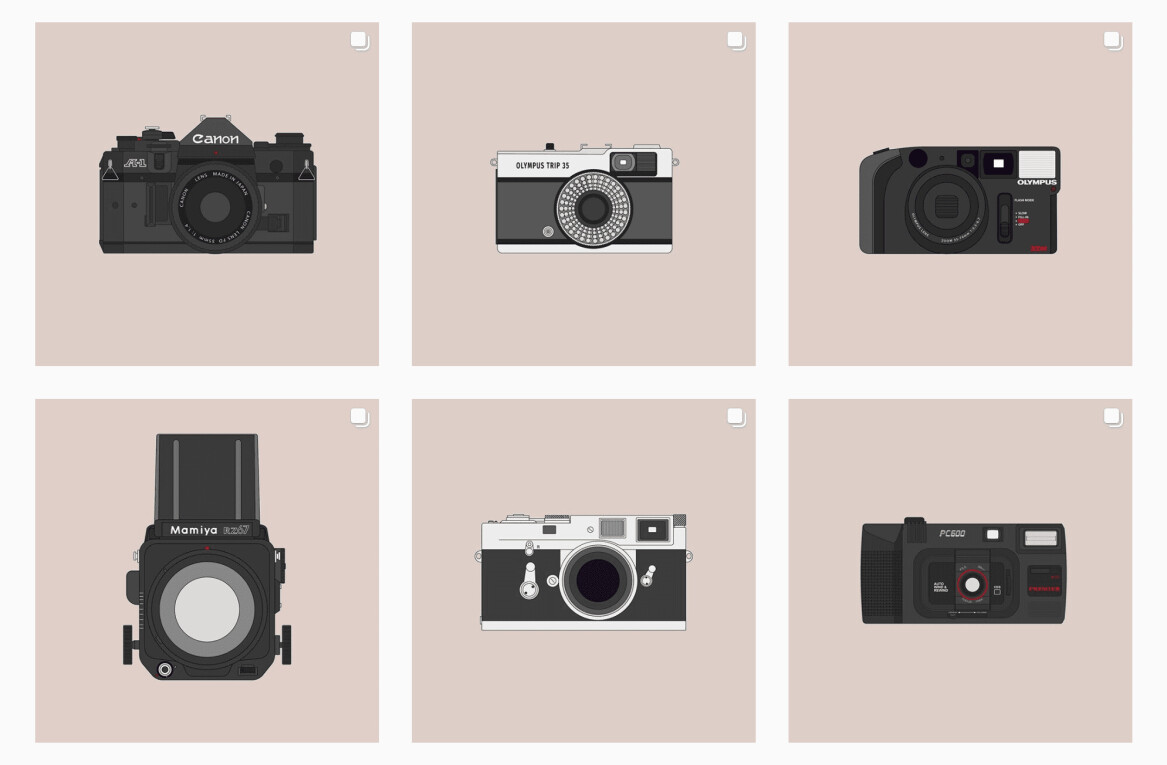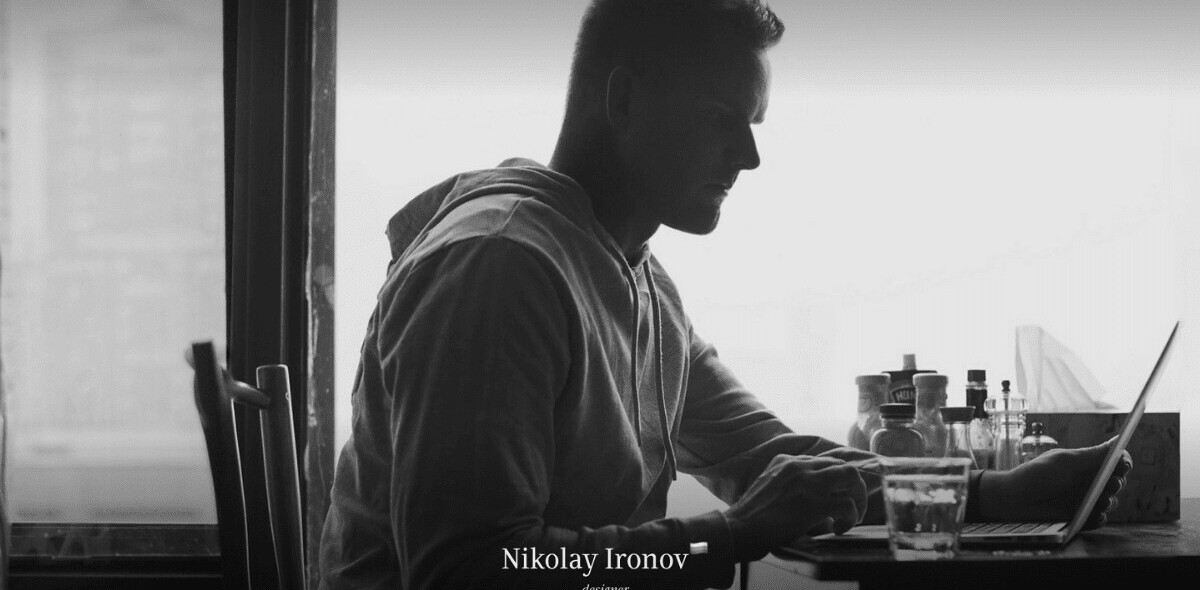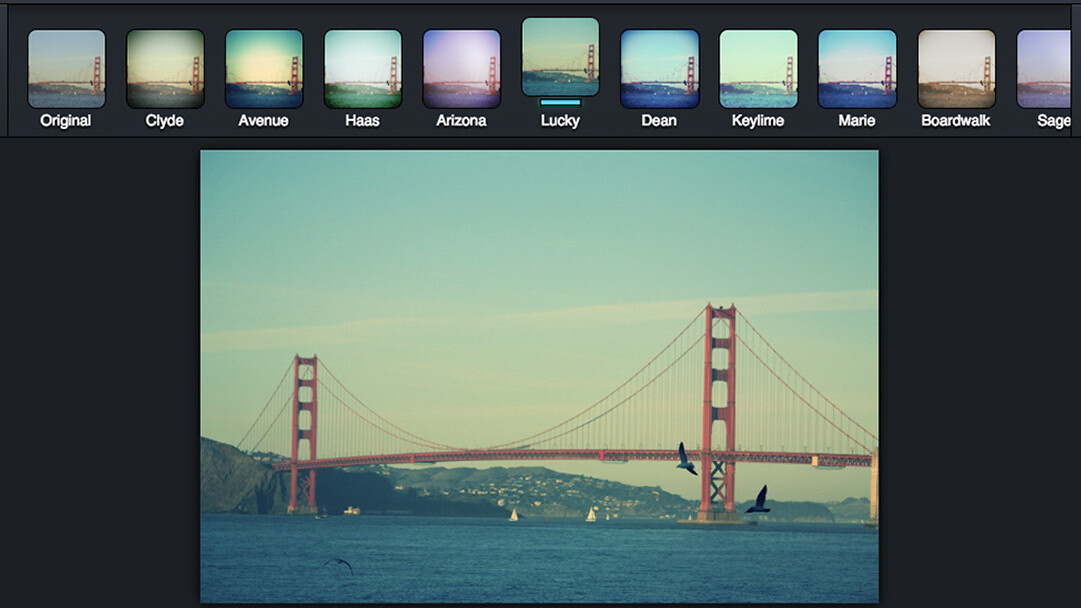
Nearly every photo shooting and sharing app on the market today has built-in filters that can change the essential look and feel of your images: You can convert a color image to monochrome or add a distinctive color cast, vintage look, or even emulate a particular film stock.
Photo filters have become a cottage industry unto themselves (thanks, Hipstamatic and Instagram). So there’s got to be something to it, right? Right.
According to a Tumblr post by Yahoo Labs’ Saeideh Bakhshi and David A. Shamma, the company — owners of the Flickr photo app — researched the burning questions of why people used photo filters. And because it was done by Yahoo Labs, it was all very scientific.
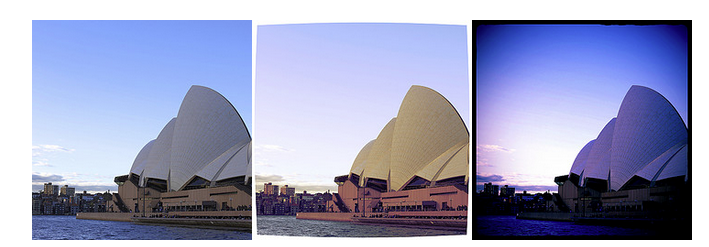
They conducted “several semi-structured interviews with Flickr members of various photographic expertise” to determine how the use of filters affected engagement such as favorites, likes, comments and views.
Looking at 7.6 million public Flickr app photos modeled in a negative binomial regression, we found that filters boost engagement on the site. Filtered photos are 21 percent more likely to be viewed and 45 percent more likely to be commented on.
However, not all filters affect engagement equally. Filters that increase contrast and correct exposure can help a photo’s engagement, and filters that create a warmer color temperature are more engaging than those with cooler color effects.
The researchers also learned a few things about Flickr users with this study. First, they found that even advanced photography enthusiasts used their smartphones at least some of the time, and often used filters to “correct errors or improve aesthetics.”
These users differed from casual social photographers, who most often use filters to personalize and make photos look unique for sharing with family and friends.
In a relatively short amount of time, filter usage has changed from everyday social photographers to serious photography enthusiasts. Our research team wondered why this was the case and if filtering photos changes how people like and comment on them on social media.
Interestingly, they often look for filters that highlight salient objects in the photos and try to apply aesthetic effects, such as adding color saturation or making the photo look vintage.
We found that serious hobbyists apply filters to correct their photos, expose certain objects, or manipulate certain colors. More casual photographers like to add artificial vintage effects to their photos and make them more playful and unique. Finally, we found that all these filtered photos are more likely to be viewed and commented on by the community.
More details on filters and engagement are available in the research paper, Why We Filter Our Photos and How It Impacts Engagement, co-authored with Lyndon Kennedy at Yahoo Labs/Flickr and Eric Gilbert at Georgia Tech.
The paper will be published next week at the 9th International Conference on Weblogs and Social Media (ICWSM).
➤ How Photo Filters Affect Online Engagement [Yahoo Labs]
Get the TNW newsletter
Get the most important tech news in your inbox each week.
